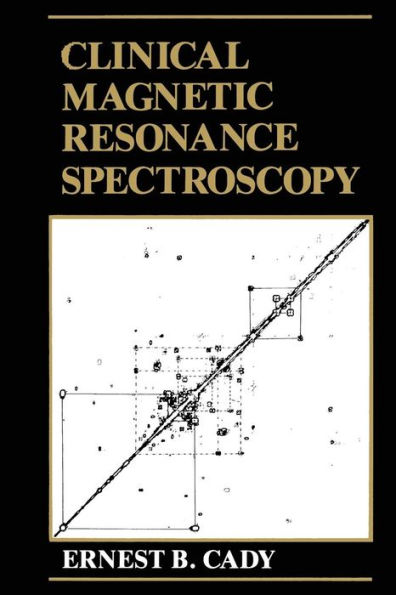Nobody can know everything. For the successful application of techniques based on nuclear magnetic resonance to clinical problems, it is a vital necessity that individuals with widely different skills should learn a little of each others' trades by co-operation and communication. Ernest Cady has long proved himself a master of these arts to his colleagues at University College London, and by writing this excellent book he extends his experience to a wide circle of readers. Although the nuclear magnetic resonance (NMR) phenomenon had been predicted theoretically (and to some degree demonstrated experimentally) appreciably earlier, it required the advances in electronics that took place during World War II to turn NMR into a practical technique, as demonstrated independently in 1946 by Bloch and Purcell. Since then, NMR has been used extensively and increasingly by chemists and physicists. In the 1970s the first applications of NMR to animal organs yielded important advances in our knowledge of the biochemical and physiological processes as they occur in genuinely intact tissues. They showed incidentally that some conventional techniques introduce significant artifacts.



